The Bronx’s Depression-Era Boxcar Village, Where Lodging Was $3/Month
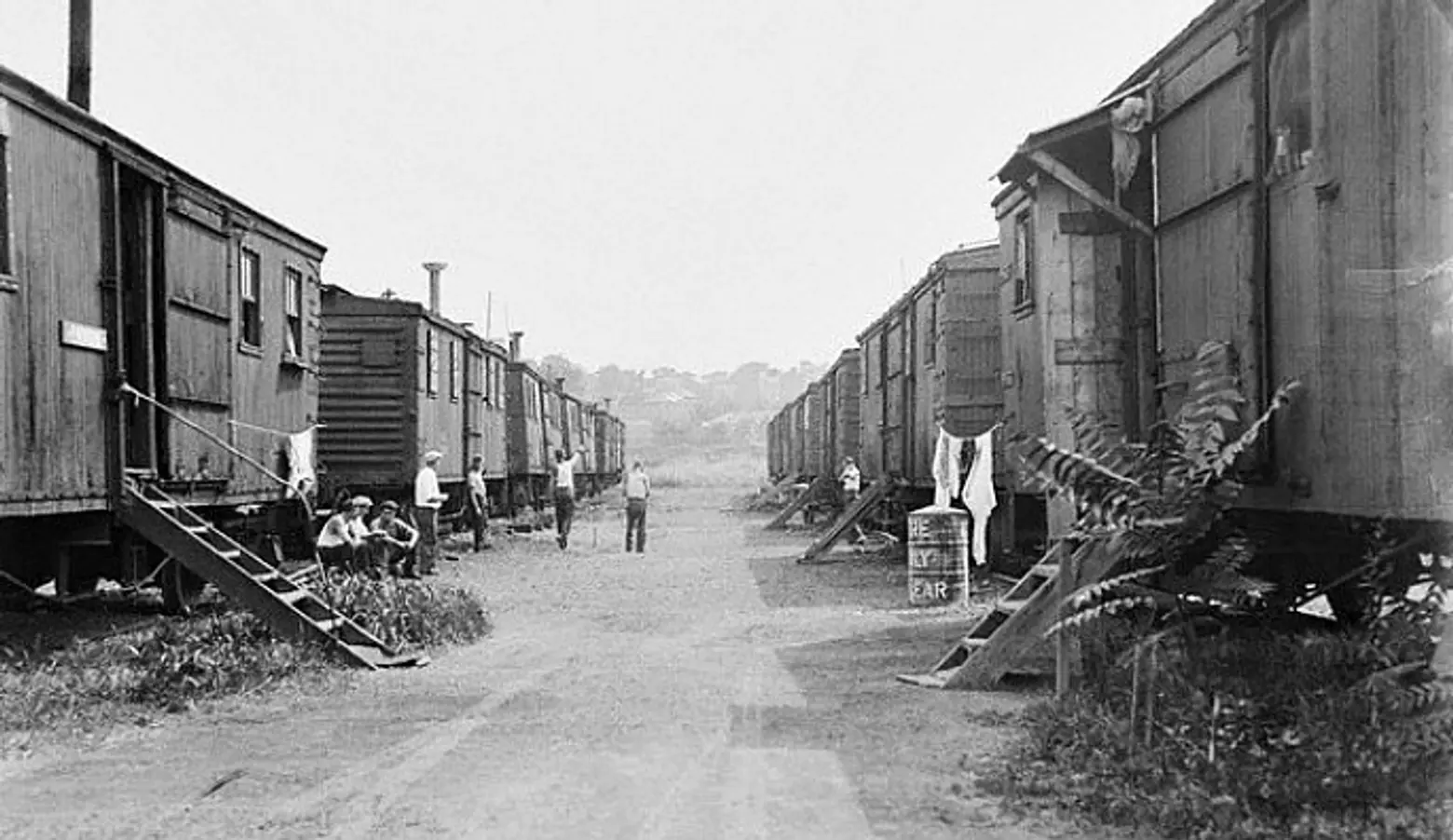
When the Great Depression hit, homelessness exploded, leaving most cities ill prepared to house this growing population. As 6sqft previously reported, “Homeless people in large cities began to build their own houses out of found materials, and some even built more permanent structures from brick. Small shanty towns—later named Hoovervilles after President Hoover—began to spring up in vacant lots, public land and empty alleys.”
The largest such settlement was on Central Park’s great lawn, but smaller Hoovervilles popped up elsewhere, especially in Inwood and the Bronx, where many working-class New Yorkers had moved to follow north the construction of the subway. At Spuyten Duyvil Road and 225th Street there was a Boxcar Village, a collection of 40 boxcars where rent was $3 a month to live four men to a car.
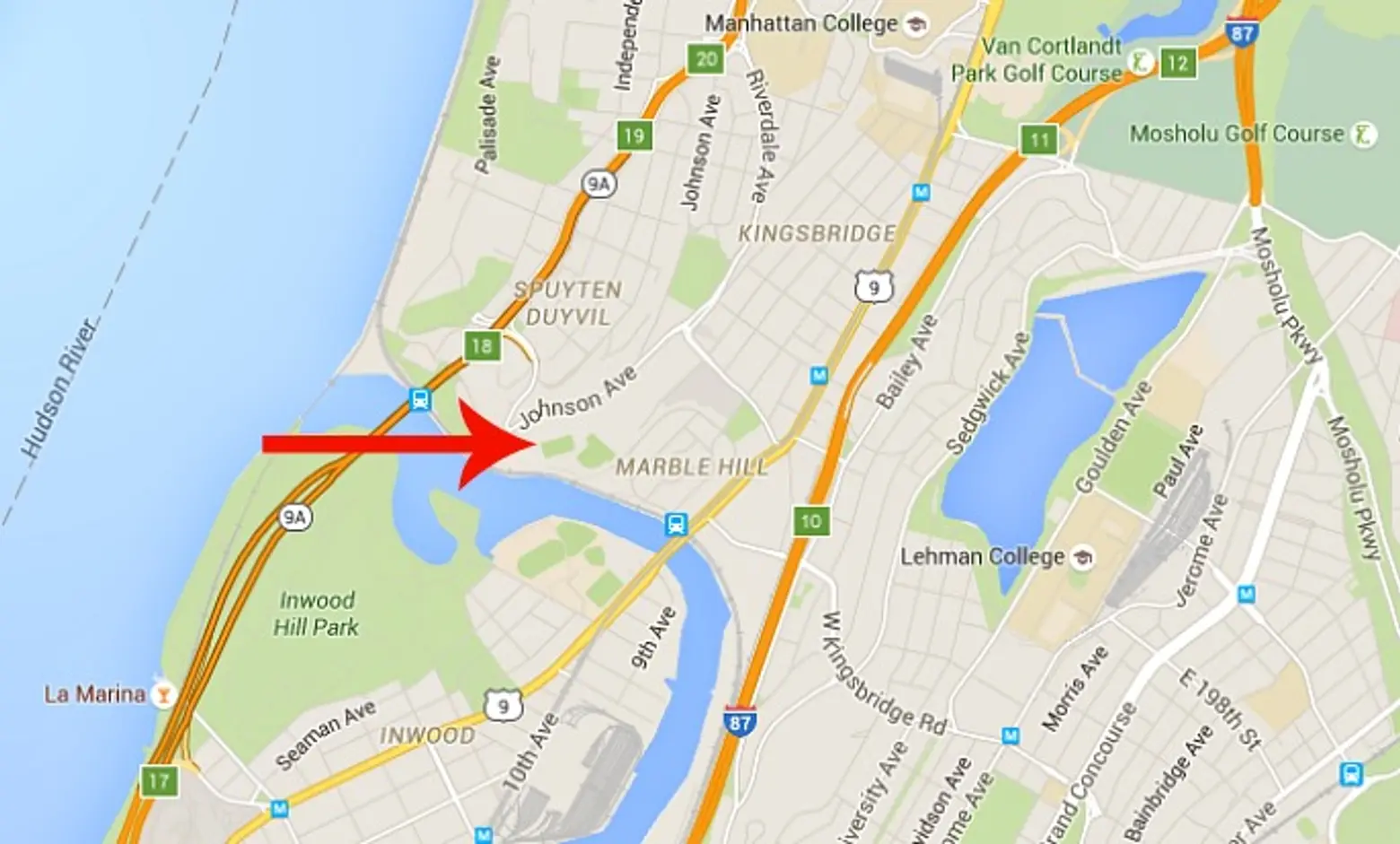
The approximate location of Boxcar Village
Boxcar Village was run by Sarah J. Atwood, who had been operating such encampments for 30 years, along with her daughter Mavis. Atwood became a widowed mother at the age of 22 and, after working as a employment agent, “operated a food kitchen on Ellis Island during an economic downturn in 1914,” according to My Inwood. She personally didn’t believe in handouts, but rather in providing employment. In fact, in 1916, long before the stock market crash, she testified before Congress: “If there is employment made, and these men are taken and given good, wholesome, outdoor work, portable buildings can be put up, rock crushers can be started. Those men can be well fed, and in 90 days would learn the habit of industry, and some of them, perhaps, might begin a very different life.”
It was with this mindset that she started Boxcar Village on the border of Spuyten Duyvil and Marble Hill. A 1934 issue of Modern Mechanix considered the community “an innovation in living quarters,” where men paid only $3 a month in rent or $6 a week for room and board. Each boxcar slept four men “with respectable comfort” and provided a wood stove, washing accommodations, nails to hang clothing, and a carpet. The article hailed the idea:
Alert business men, however, or leaders of groups of organized unemployed should take a tip from this project and petition the heads of their local railroad for the use of old box cars and spurs. A very useful community can be built from the bodies of old box cars, as they are in the most cases very well built to carry grain and other perishable bulk commodities, and hence make easy buildings to convert into livable homes. Being tight they are easy to heat. A winter’s supply of wood for the community can be had by wrecking other cars.
Starting in 1931, 1,000 men (mainly those who were the heads of households) received jobs restoring Inwood Hill Park, and it’s quite likely that those from Boxcar Village were included in this number. But by 1936, the Henry Hudson Bridge was completed and the area around Inwood, Spuyten Duyvil, and Riverdale became an automobile-centric suburb
In 1941, while operating a railroad labor camp in Westchester, the then-72-year-old Atwood was killed in a car accident. She had put one million men to work.
RELATED:
- The History of Central Park’s Hooverville, the Great Depression Pop-Up Shanty Town
- Harsenville to Carmansville: The Lost Villages of the Upper West Side
- One-Cent Coffee Stand Fed Hungry New Yorkers Back in the Day
Historic photos courtesy of My Inwood
Explore NYC Virtually
Leave a reply
Your email address will not be published.
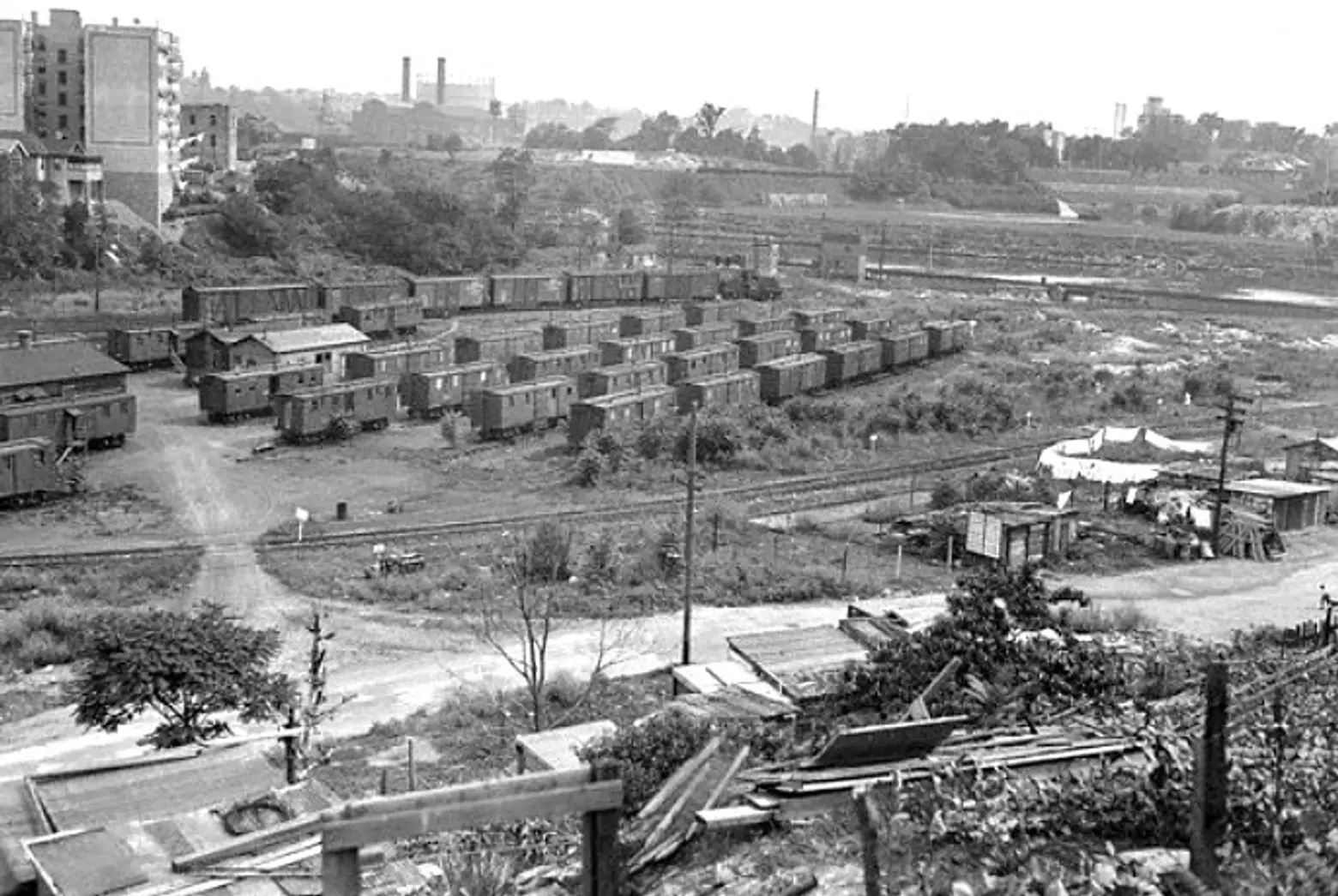
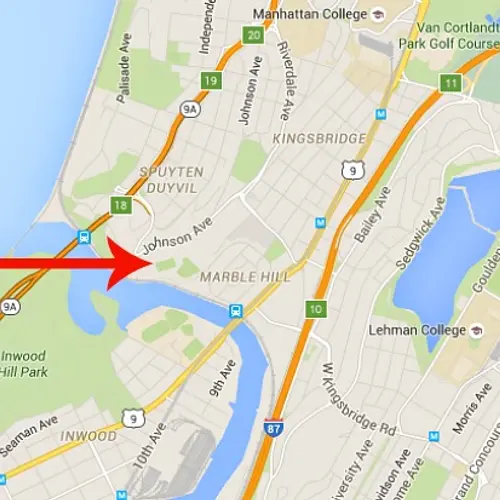
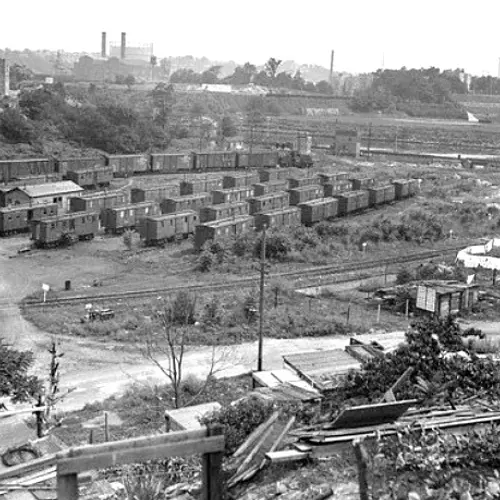
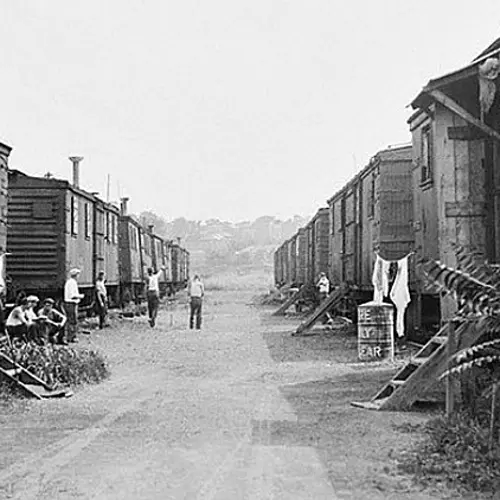


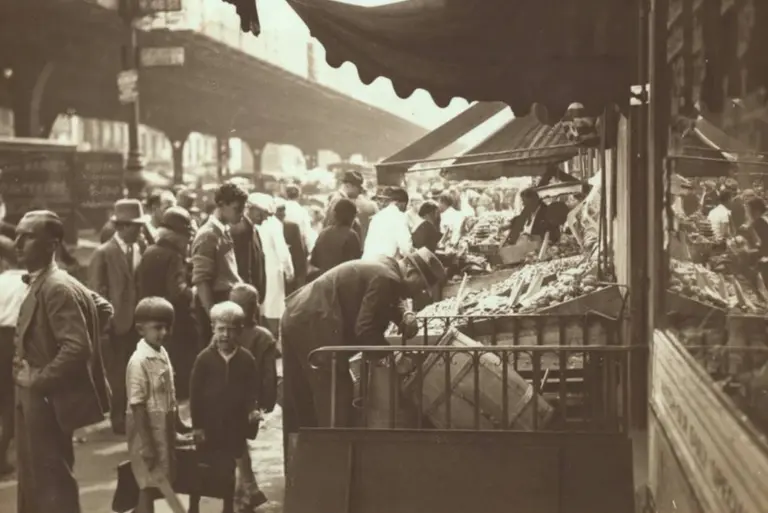
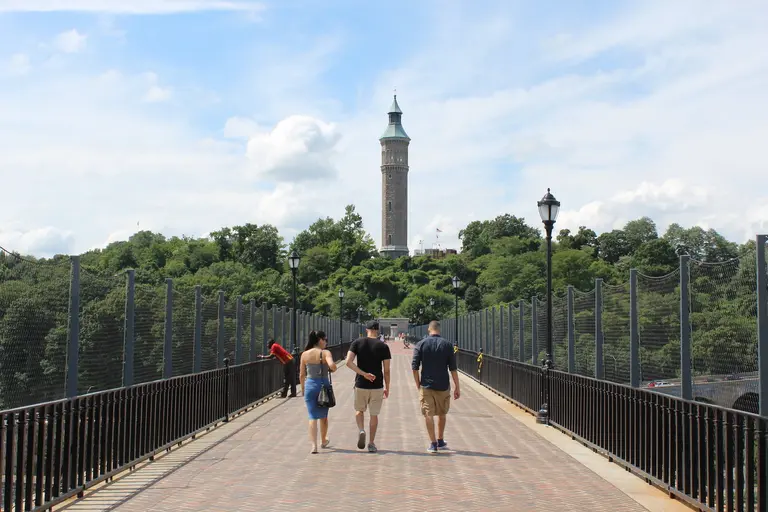







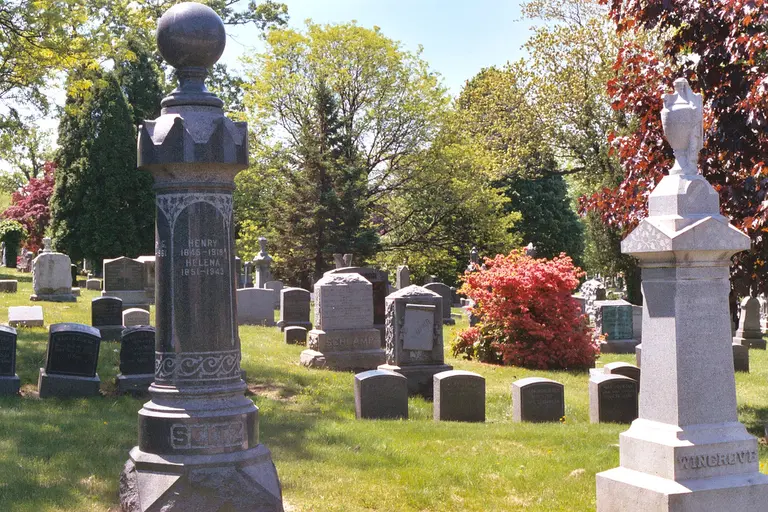
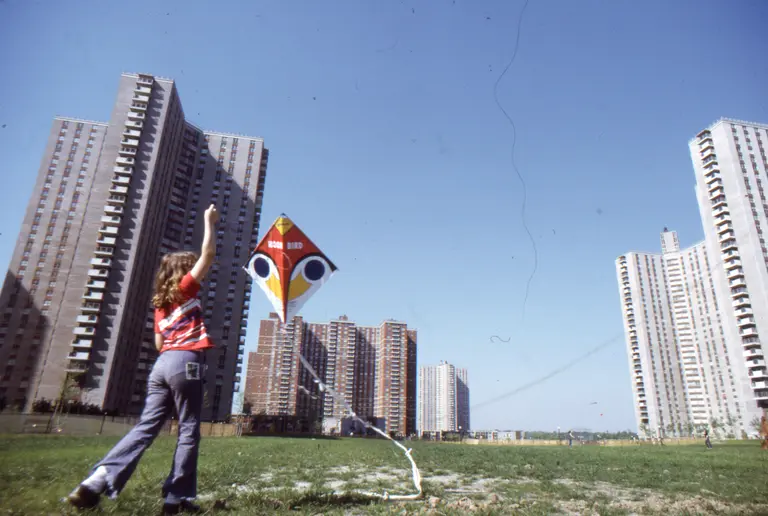
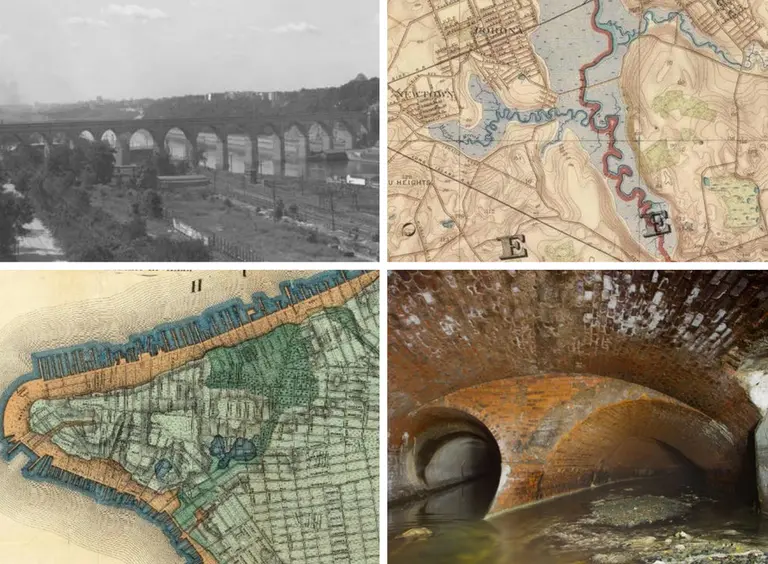
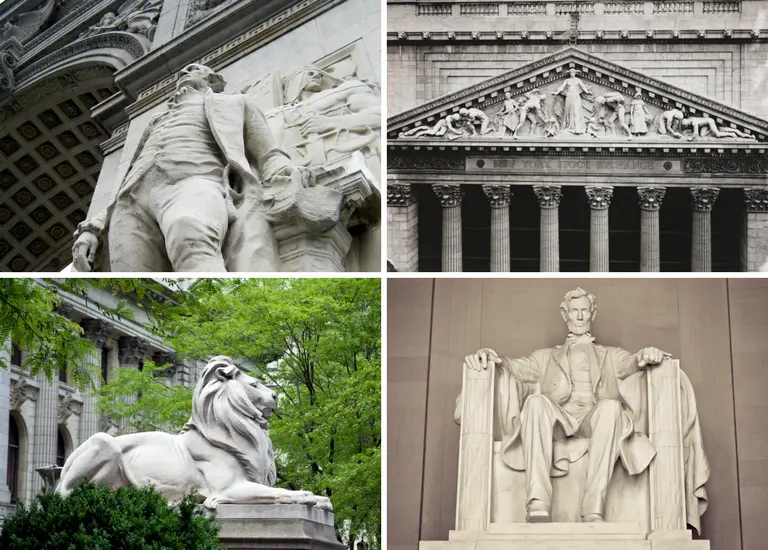

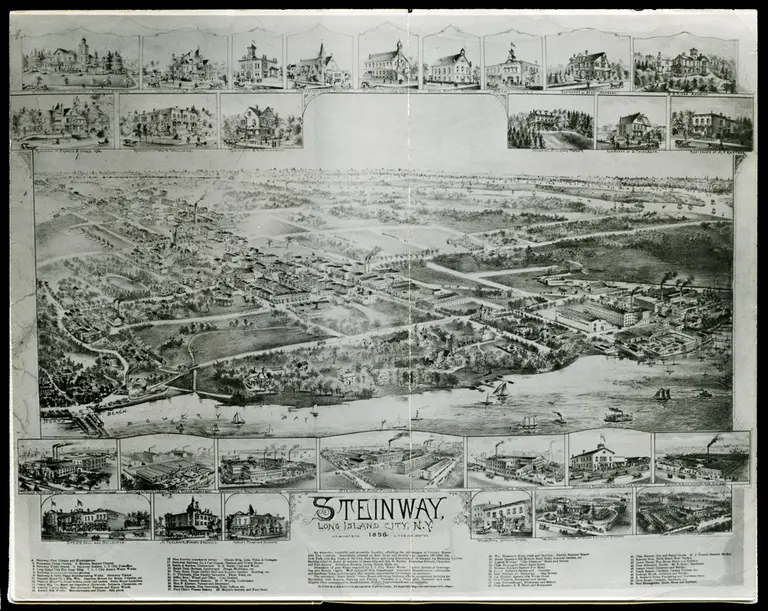










What a great woman!!